The joyful delivery of a baby girl to Prince Harry and Meghan is lovely news. But it has been lost, ever so slightly, in the couple's naming choice: Lilibet Diana Mountbatten-Windsor.
I don't think they had any say in the surname, so let's stick with the forenames. Lilibet is, of course, Queen Elizabeth's nickname – not, as you might suppose, a contraction of Elizabeth that only posh people use but what she called herself when she was too young to pronounce her own name. Only her father, King George VI, the queen mother, Princess Margaret and Prince Philip used it. "Lilibet is my pride. Margaret is my joy," the king was quoted as saying, evidently having not caught up with the parenting manual that says you are really supposed to keep the identity of your favourite child to yourself. When Prince Philip died the nickname died with him.
Queen Elizabeth is synonymous with a powerful sense of duty. Diana, meanwhile, was emphatically not rule-bound. Her duty was to produce children and stay married, and she flamed out spectacularly on the second
So was it sensitive or insensitive for Harry to revivify it so soon? This is the question that is occupying the watchers of the British royals, along with: is this an olive branch to the family, a reminder that underneath all the feuding lie real, human relationships? Or is it a defiant statement: you can’t evict me from the family, because it is not a house, or even a collection of gigantic houses; it is a family. Or is it somehow a combination of the two – and is that even possible?
But what is a royal watcher, anyway? Their expertise is the weapons-grade fawning; the watching, any of us could do. What if they are asking the wrong questions? Because there are two parts to this name: yes, there is Lilibet, but there is also Diana. Plainly, the couple have chosen the two most different members of the family, each embodying a diametrically opposite culture, and named their daughter after both of them. It could be that they are trying out something quite inventive, a monarchical third way.
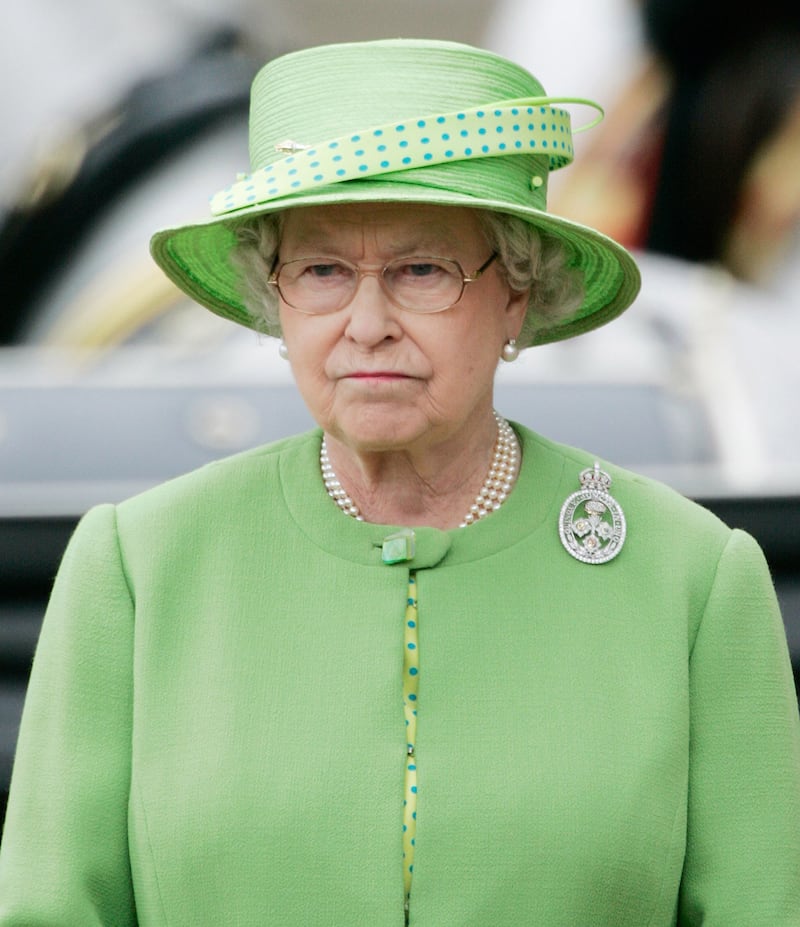
The queen is synonymous with a powerful sense of duty. "If you look up the number of engagements she's missed, over 70 years, it's unbelievable. It's three," says Amy Jenkins, one of the writers of the hit Netflix drama The Crown. Duty is an outcome rather than an input, but it is possible to infer character from it – rigidity, obedience, reticence, self-effacement, an absolute horror at showing emotion. "It's that British thing, isn't it? 'I challenge you to feel something,'" Jenkins says. "That's like British bullying. We do it properly and we don't feel things."
Diana, princess of Wales, meanwhile, was emphatically not rule-bound; really, her only duty as the wife of the heir to the throne was to produce young and stay married, and she flamed out spectacularly on the second.
What was much more discomfiting within the royals and to the public, though, was that she wasn't emotionless. Even before the Martin Bashir interview – and we will park for now the question of whether we need to torch the BBC, a 100-year-old institution of unmatched global importance, for an interview that is a more than 25 years old and most of us remember only for the eyeliner – you could see the feelings running riot all over her face, from the beseeching eyes to the wistfulness. There were glimpses of mirth, sorrow, boredom. Has any royal's face ever been so damn legible?
Having Diana around, with those great pools of emotion she called eyes, was an unsettling reminder for the British royals that people, even under all that pomp, might still act like people
It was never clear whether these feelings were genuine or part of a complicated PR long game – but they certainly weren’t hidden. It caused a lot of rancour, as she accrued the world’s attention that way – after all, it is much more interesting to look at a person who is feeling a thing than someone who is not – and was cast within the family as an attention-seeker. Attention-seekers are annoying in any family, but they are poison to a family whose operating model is “we didn’t ask for any of this, we’re just doing our duty”.
But Diana also called attention to the fragility of the queen’s way of doing things. “That reticence wouldn’t hold, and one of the reasons it wouldn’t hold was because people have feelings,” says Jenkins. “But the royal family don’t recognise that. Which means they make mistakes all the time, because they’re reckoning without being human.” Having Diana around, with those great pools of emotion she called eyes, was an unsettling reminder that people, even under all that pomp, might still act like people.
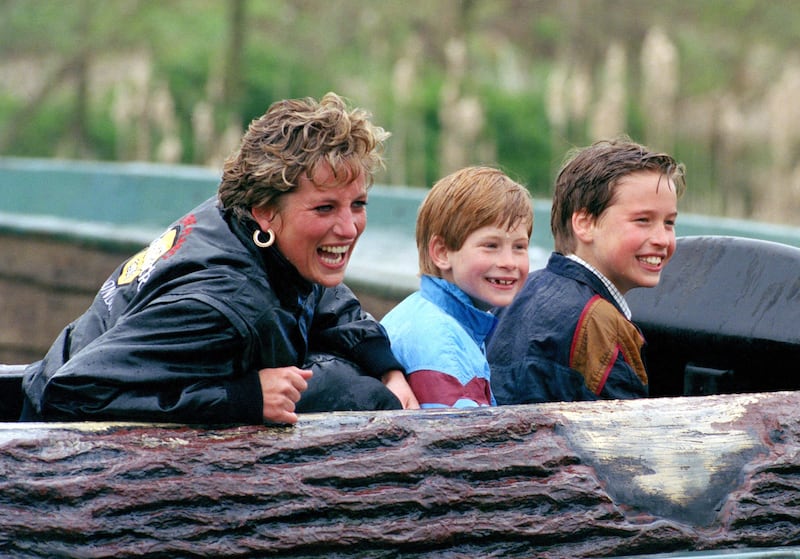
In the end, whatever British royals were thinking or feeling back then, their prospects for self-expression were heavily circumscribed, limited effectively to the charities they supported. The queen’s list of patronages is exactly as you would expect, although you might raise an eyebrow at how much she likes rugby (union and league?). It is studiously uncontroversial; her interests centre on children, animals and august institutions.
Between the charity work and the tacit demands of her office – that she remain neutral in the face of every issue, like a BBC journalist without the questions – it is very hard to say what she actually cares about. Dogs and horses, certainly; she is passionate about the Commonwealth, although it is unclear what about the Commonwealth inspires her passion (the memories of dominion? The beaches? The many cuisines?).
People project views and behaviours on to the queen, sometimes strategically – recall the Sun claiming her as an ardent Brexiter – and sometimes just to fill the void. There is no record of the queen having any political or intellectual agenda, Jenkins says. “In that sense, The Crown is a complete and utter fantasy. The idea that she’s subtly manipulating matters of state behind the scenes, that she’s this wise force of whatever … no.”
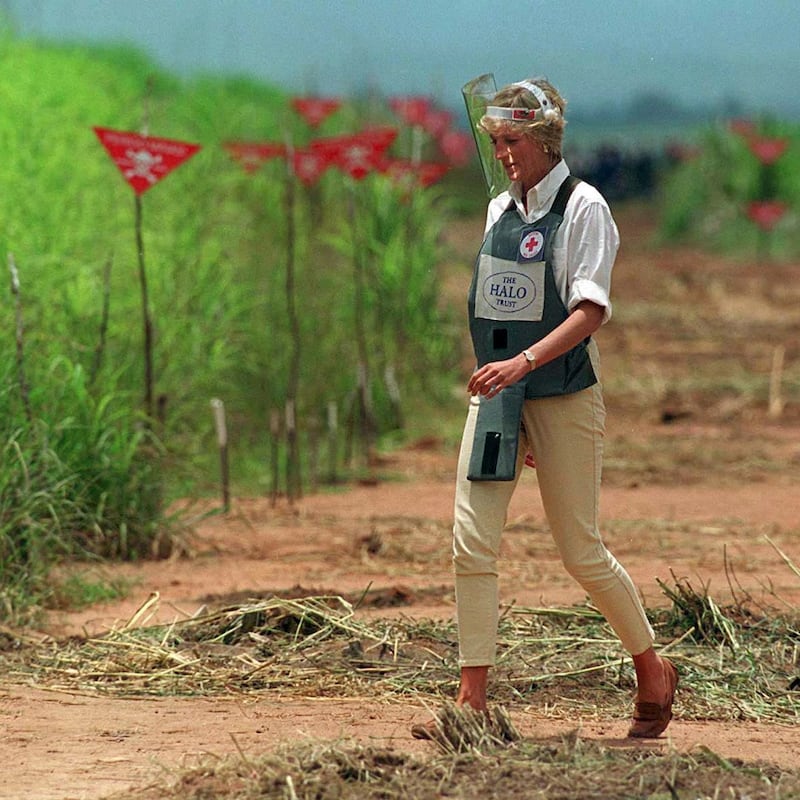
Diana, conversely, was not just overtly political but also radical in her choice of causes. Her work with the Halo Trust, the anti-landmine charity, started in Angola in January 1997, only months before her death. It was a spur-of-the-moment decision to walk across the minefield – "very characteristic of her", says the charity's chief executive, James Cowan. "She knew her personal capacity to make a difference was extraordinary."
What sounds from this distance like an uncontroversial cause – who would oppose a ban on weapons that continue to kill children years after a conflict has ended? – was in fact the opposite. “The British at that time were pretty committed to keeping landmines as part of their military armour,” Cowan says. “She’d been called a loose cannon by a minister.”
The impact of that photograph was more or less immediate: in the autumn of that year, the international mine-ban treaty came into force, and it has been signed by hundreds of countries that previously would have opposed it, not least the UK. It is the kind of impact that an individual makes only as a maverick, a thorn in the establishment’s side. If Diana had been swimming with the current, she would have been one voice in many. So did it make her a pioneer or a narcissist? Maybe all pioneers are narcissists.
It was her work with HIV and Aids patients – which started in 1987 with the photo of her shaking hands, gloveless, with the patient Ivan Cohen and continued until her death – that flagged how truly unusual Diana was
Yet it was her work with HIV and Aids patients – which started in 1987 with the photo of her shaking hands, gloveless, with the patient Ivan Cohen and continued until her death – that flagged how truly unusual she was.
There is a semi-satirical Diana fandom from a left perspective. Alex, a 26-year-old who runs a Twitter account called Princess Diana Is in All of Us, says: "My journey is going from ironic Diana lover to genuinely having a spiritual connection with her." For Alex (who is using his first name only because he works in activism and direct action), Diana's HIV work was a jumping-off point. "As a gay man, I found what she did really quite moving," he says of the Cohen photo. "When she held the hands of Aids patients, I genuinely believe she was doing a spectacle of direct action. She was trying to construct a dramatic image that would advance social change.
“She was conscious of the fact that she was conceptualised as a Christ-like angel, and she then goes out of her way to hold the hands of people who are considered to be disgusting and contaminated. I use ‘Christ-like’ intentionally. It was a direct reference to Christ cleaning the feet of leprosy patients.”

Alex says her landmine and HIV action “created an image that shakes the foundations of the discourse” and posed a direct challenge to the values associated with the royals as personified by Queen Elizabeth – reticence and stoicism. The English journalist Peter Hitchens has highlighted the difference between Winston Churchill’s funeral and Diana’s – ultimate restraint versus the “outpouring of grief”, a phrase that became the motto of Diana’s legacy. The queen seems very much of Churchill’s vintage, yet plainly she is not. Nonetheless, she embodies the values of an age before her own. Her daughter-in-law, on the other hand, stood for a complicated modernity, self-involved but extremely public, the self as a brand to be strategically deployed.
In their everyday lives – how they parented, the formality of their bearing – Lilibet and Diana offer contrasts that are a little melancholy. There is a video of the queen arriving home from a long trip abroad, in which an absolutely tiny Prince Charles approaches and shakes her hand; to modern eyes, at least, it conveys worlds of distance and loneliness. It is understood that she bucked the aristocratic norm of outsourcing motherhood by the time it came to Prince Andrew, and that he was her favourite, but it is not possible to point to real-world evidence of this. Plus, he still went to boarding school. In any case, it doesn’t seem to have turned out a more rounded human being.
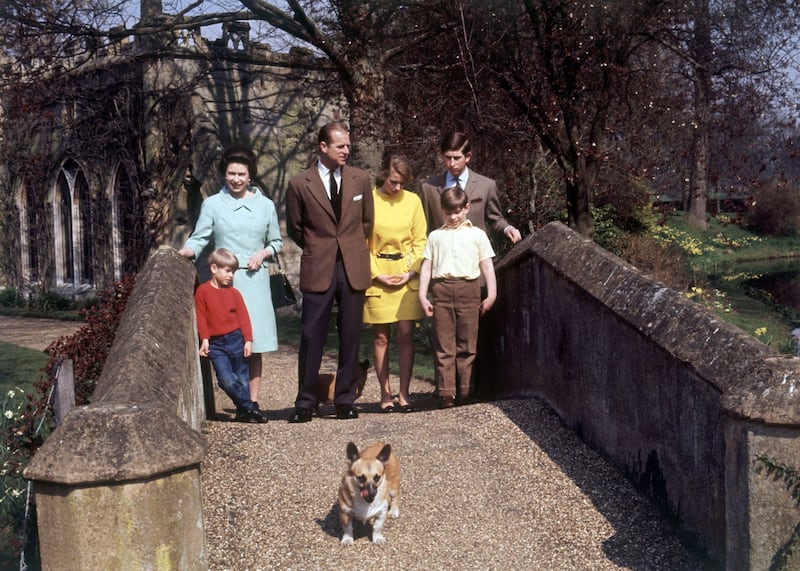
Diana was what the psychologist John Bowlby might call a much more “attached” mother, but she was powerfully unhappy even by the time she was pregnant with Prince William, so there was never any sense that she was living the perfect-family dream. She rebelled against petty expectations – kicking off her shoes in the hair salon, wearing red cashmere maternity dresses – but she did not manage to find an alternative way of being royal that made the business any less draining.
In the end, it is impossible to adjudicate on whose way of being makes more sense. We cannot know what kind of royal would make the institution more durable, more bearable, more coherent. All you can say is that they were as different as they could have been, and that this schism has been the gift that keeps on giving, a pinball of conflict that pings between the rest of the family with perpetual energy.
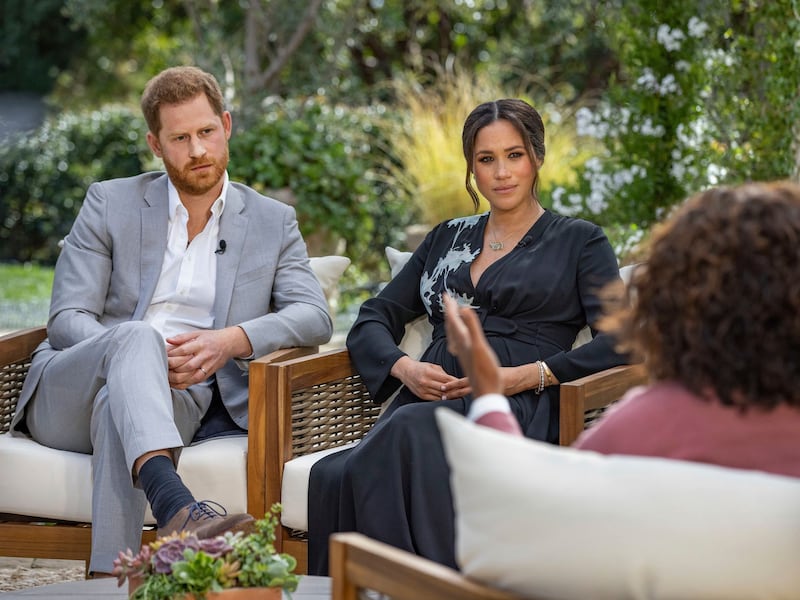
The putative feud between William and Harry, if it is really as bad as people say, can be read as a rerun of this clash – cold against hot, doing one's duty versus questing for fulfilment. The obvious solution is for Harry and Meghan to become Diana ultras in the United States while William stays in Britain and channels the queen, but that amounts to the rift lasting for ever.
Maybe the newest family member's name is an audacious act of hope – what if someone came along who was a bit of both? Who was capable of putting herself second to her role without losing her identity? Who could harness her star power for good? She might be a bit like Daenerys Targaryen without the dragons. Or maybe she is just a baby – and that is fine, too. – Guardian










